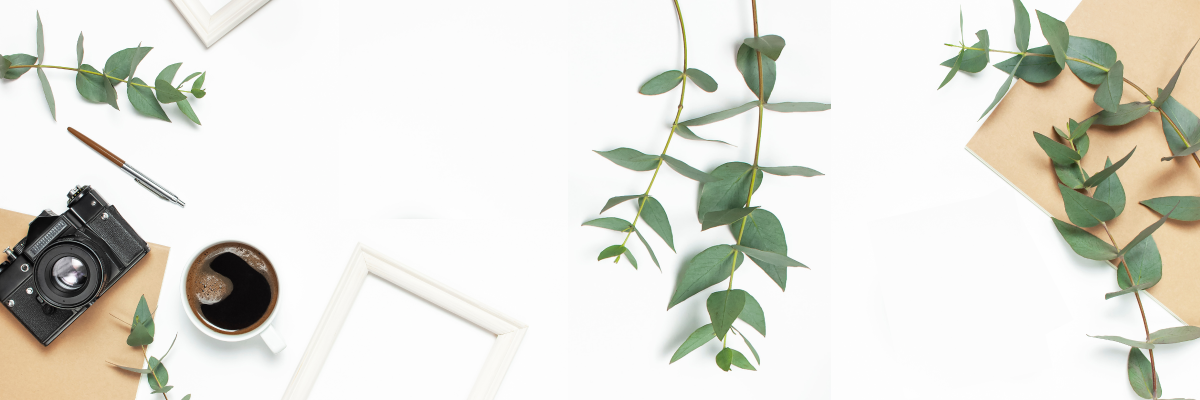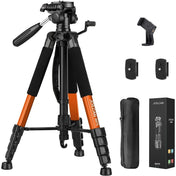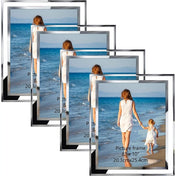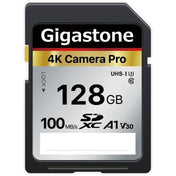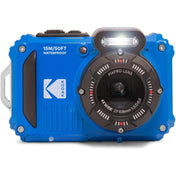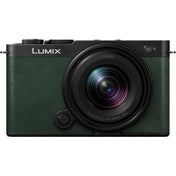Overview
Film photography offers a unique and tactile creative experience, emphasizing mindful composition and emotional connection. Kodak Ektar 100 stands out for its vibrant color reproduction and versatility, making it a favorite among enthusiasts. Understanding different film types and mastering techniques like exposure and development are key to success. Despite the digital age, film photography thrives, fostering community and artistic growth. Embrace the journey of capturing life on film.
In a world dominated by digital technology, film photography remains a cherished art form expressive of creativity, nostalgia, and tactile experiences. Film photography invites individuals to engage deeply with their surroundings, offering them a unique perspective of life through the lens. Among the various film options available, Kodak Ektar 100 has emerged as a favorite among photography enthusiasts for its vibrancy and dynamic range. This blog explores the captivating world of film photography, its enduring techniques, and the allure of Kodak Ektar 100.
The Allure of Film Photography
Unlike digital photography, which often relies on instantaneous capture and review, film photography introduces a level of anticipation and excitement. Each shot counts, requiring a more mindful approach to composition, lighting, and subject matter. This anticipation not only enhances the experience but allows for the creation of lasting memories captured on film.
A Deep Connection with the Medium
When you pick up a film camera, there’s an inherent connection to the medium that transcends the click of a button. The mechanics of winding film, adjusting settings manually, and developing prints evoke a sense of craftsmanship lost in the digital realm. Photography becomes a tangible endeavor, one you can feel, touch, and see evolve before your eyes.
The Magic of Kodak Ektar 100
Kodak Ektar 100 is particularly popular for its vibrant color reproduction and fine grain, making it an excellent choice for both landscape and portrait photography. This film stock stands out in a saturated market by delivering stunningly saturated colors, allowing photographers to capture scenes with remarkable detail.
Many appreciate Kodak Ektar 100 for its ability to handle exposure variations. Its latitude allows photographers to reproduce a wide range of tones without sacrificing image quality. Whether you are shooting a vivid sunset or a serene morning landscape, this film can capture the moment beautifully.
Characteristics of Kodak Ektar 100
- Vivid Colors: The film produces rich, bright colors, making it ideal for outdoor and nature photography.
- Fine Grain: It offers minimal grain, resulting in sharp images with an overall polished look.
- Wide Dynamic Range: Kodak Ektar 100 performs exceptionally well in both bright and subdued lighting conditions.
- Versatility: It is suitable for various genres, from street photography to portraits.
Understanding Film Types
Before diving deeper into the intricacies of film photography with Kodak Ektar 100, it’s essential to understand the different types of film available on the market. The primary types you’ll encounter include black and white film, color negative film, and color slide (reversal) film, each offering its unique aesthetic and qualities.
Black and White Film
Black and white film photography provides a timeless quality that is often admired for its dramatic contrasts and textures. With black and white film, photographers can emphasize shapes, shadows, and lighting without the distraction of color. This form of photography is especially powerful for portraits, as it encourages viewers to focus on expression and emotion.
Color Negative Film
Color negative film is designed to produce negatives that require chemical processing to yield color prints. Kodak Ektar 100 falls into this category, celebrated for its vivid colors and fine grain. This film’s ability to reproduce colors accurately and strikingly makes it a go-to for landscape photographers seeking breathtaking scenery.
Color Slide Film
Color slide film, or transparency film, creates positive images directly on the film, resulting in vibrant tones and exceptional sharpness. However, slide film is less forgiving in terms of exposure and requires a careful approach. As a result, it is often used in more controlled environments or when photographers are confident in their technical skills.
Getting Started with Film Photography
Embarking on a film photography journey can be thrilling yet daunting. Here are some steps to help you navigate through the early stages of film photography:
Choosing Your Equipment
Your choice of camera plays a crucial role in shaping your film photography experience. For beginners, a simple point-and-shoot camera may suffice, allowing you to focus solely on composition and subject matter without the complexities of manual settings. However, as your skills grow, you may want to explore various equipment options such as SLRs and rangefinders.
Mastering Exposure
Understanding exposure is fundamental when shooting on film. Unlike digital cameras, which provide immediate feedback, film photography requires you to have a firm grasp of the exposure triangle: aperture, shutter speed, and ISO. Balancing these elements is key to capturing well-exposed images on Kodak Ektar 100, especially given its unique characteristics.
Finding the Perfect Lab
Once you've taken your shots, it's time to develop the film. Research local labs that specialize in film development and processing. Many photographers find local labs that align with their artistic vision, providing professional development to showcase the stunning capabilities of Kodak Ektar 100.
The Development Process: Bringing Images to Life
Developing film can be an exciting phase in photography as you eagerly await the reveal of your captured moments. The development process, whether done at home or through a professional lab, involves several stages:
Developing
During the developing stage, the exposed film is treated with chemicals that convert the latent image into a visible one. For Kodak Ektar 100, a standard C-41 process is typically used, which ensures vibrant and true-to-life colors.
Scanning and Printing
After development, you have the option to scan your negatives for digital use or create traditional prints. Scanning allows you to preserve and share your images easily online. On the other hand, printing in a darkroom gives photographers a rewarding hands-on experience, allowing for unique edits and adjustments.
Embracing Film Photography in a Digital Age
Though digital photography offers convenience and speed, film photography continues to thrive. Many photographers cite the emotional depth and dynamic quality of analog images as reasons for their commitment to this method. Kodak Ektar 100 serves as a bridge for photographers who appreciate vibrant color palettes, whether shooting everyday scenes or curated artistic compositions.
Film vs. Digital: A Creative Perspective
While both mediums have their merits, film fosters a different approach to creativity. The limitations of film encourage innovativeness; photographers often find themselves seeking unique angles, experimenting with lighting, and capturing spontaneous moments that might otherwise go unnoticed. In contrast, digital photography promotes rapid shooting and editing, which can sometimes detract from a more artistic approach. Instead, with film, every click becomes intentional, with each frame telling a story.
The Community of Film Photography
Film photography also boasts a vibrant community dedicated to sharing experiences, techniques, and inspiration. Online forums, social media groups, and local meetups allow film enthusiasts to connect over their passion. Joining such communities can radically enhance your film photography journey, providing support from seasoned professionals and fellow learners alike.
Connecting with Like-Minded Photographers
Whether through workshops, social media hashtags, or photography clubs, engaging with fellow photographers is invaluable. Sharing your work, seeking feedback, and discussing ideas can stimulate creativity and motivate you to explore new techniques. Look for events and workshops focused on film photography to bond with other enthusiasts and expand your knowledge base.
Final Thoughts on Film Photography
Film photography stands as a testament to an art form that never fades, no matter how far technology advances. Its charm lies in its ability to capture not just images but emotions, memories, and timeless moments. With the robust color representation of Kodak Ektar 100, these qualities are elevated, creating magnificent photographic artistry. As you embark on your film photography adventures, remember to embrace the journey, experiment with your skills, and, most importantly, enjoy the magical process of capturing life on film.
Linked Product

Kodak Ektar 100 Professional ISO 100, 35mm, 36 Exposures
Kodak Ektar 100 Professional ISO 100 film is an excellent choice for those venturing into film photography, particularly for capturing vibrant colors and fine details. With its exceptional grain structure, this 35mm film allows for significant enlargements while maintaining image quality, making it suitable for both landscape and portrait photography. Whether you're a seasoned photographer or a newcomer exploring this timeless art form, Ektar 100 can help you achieve stunning results.
View Product
